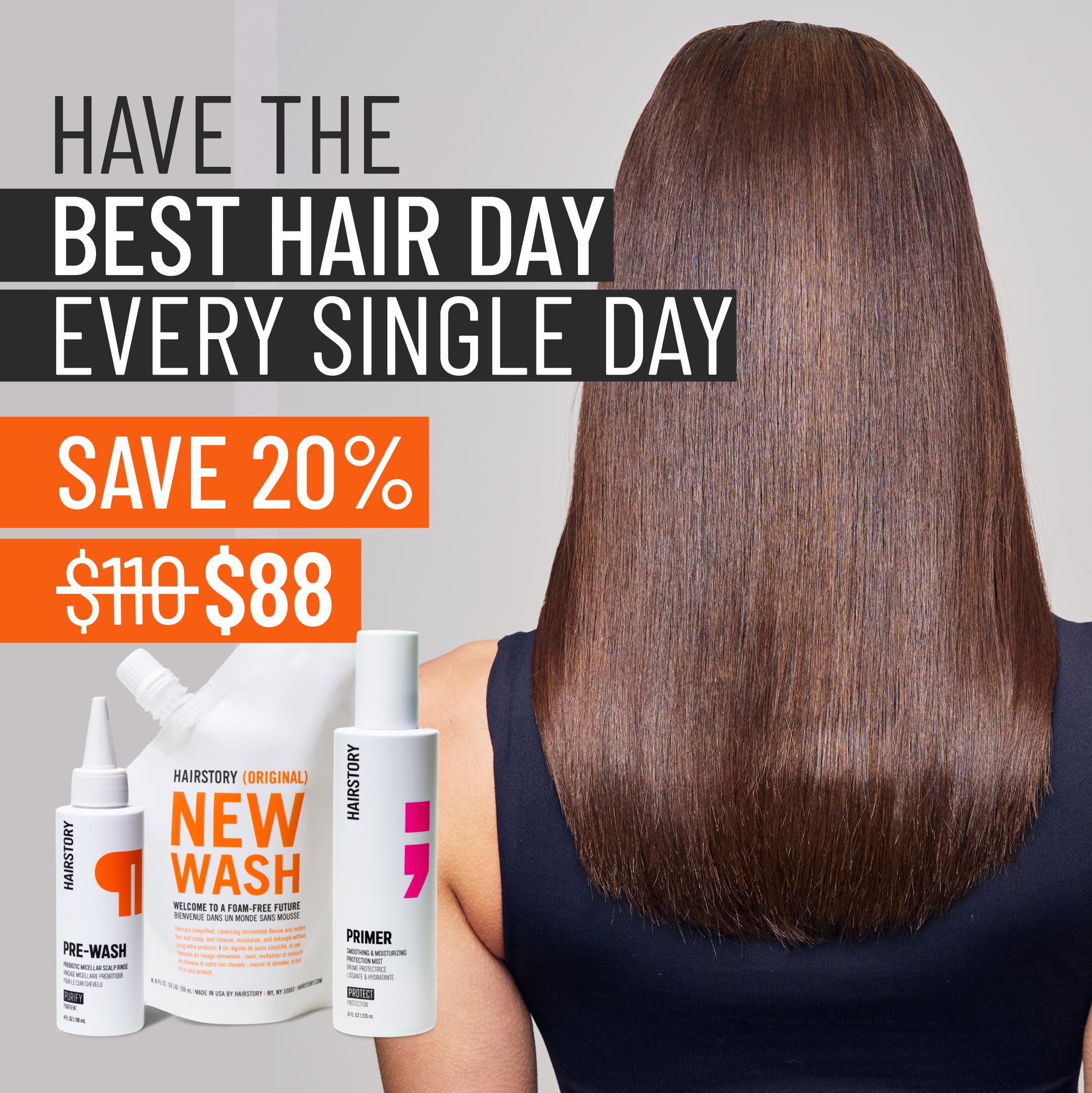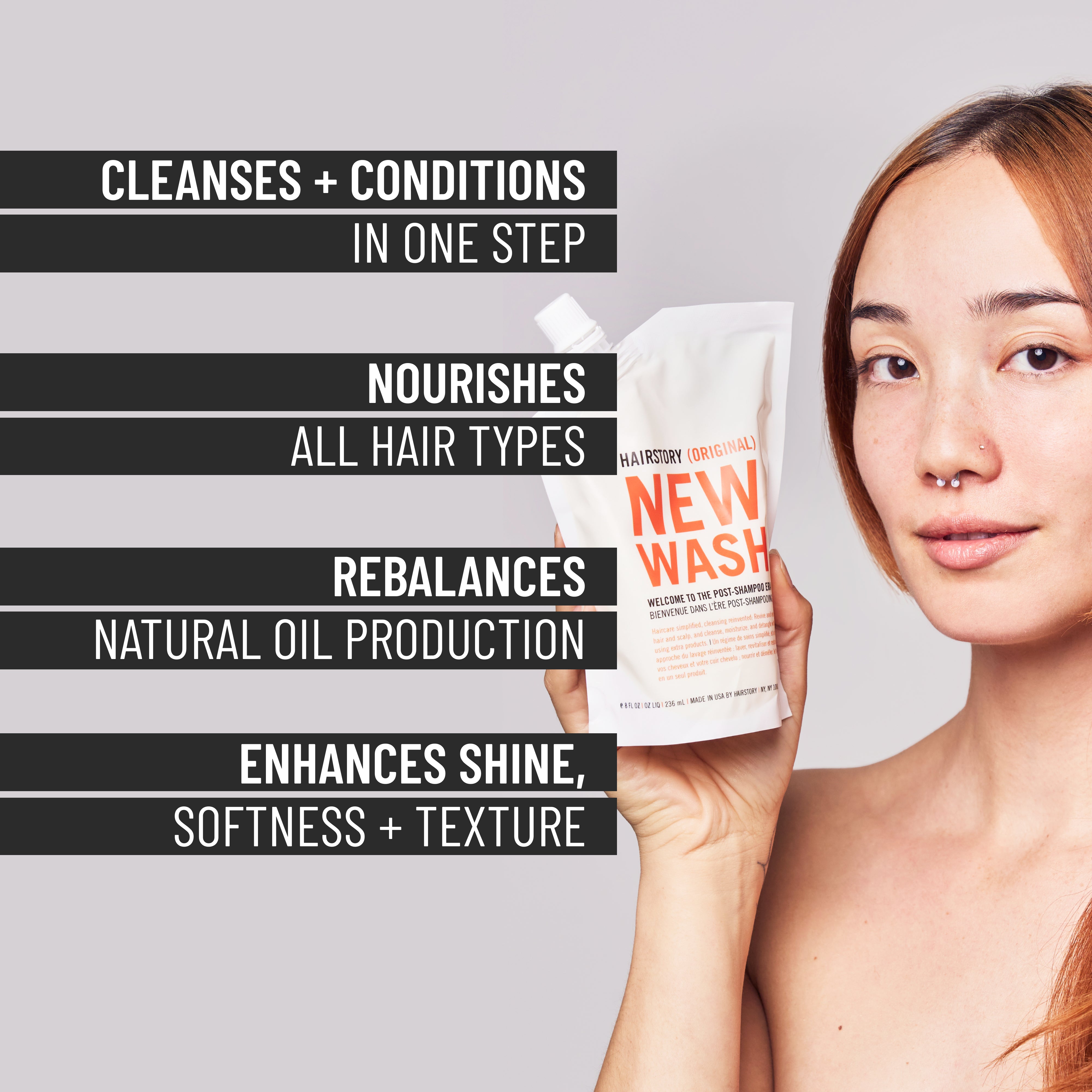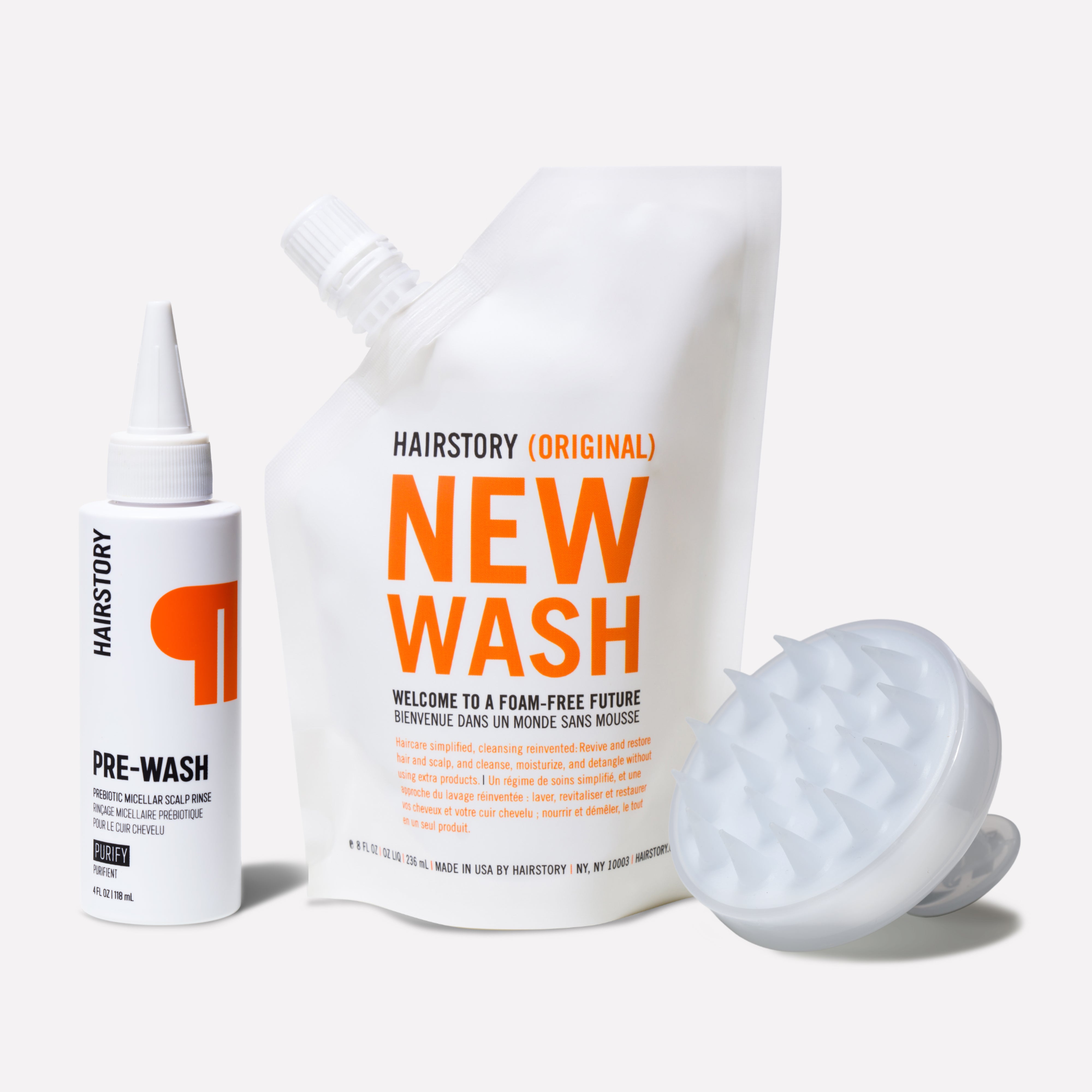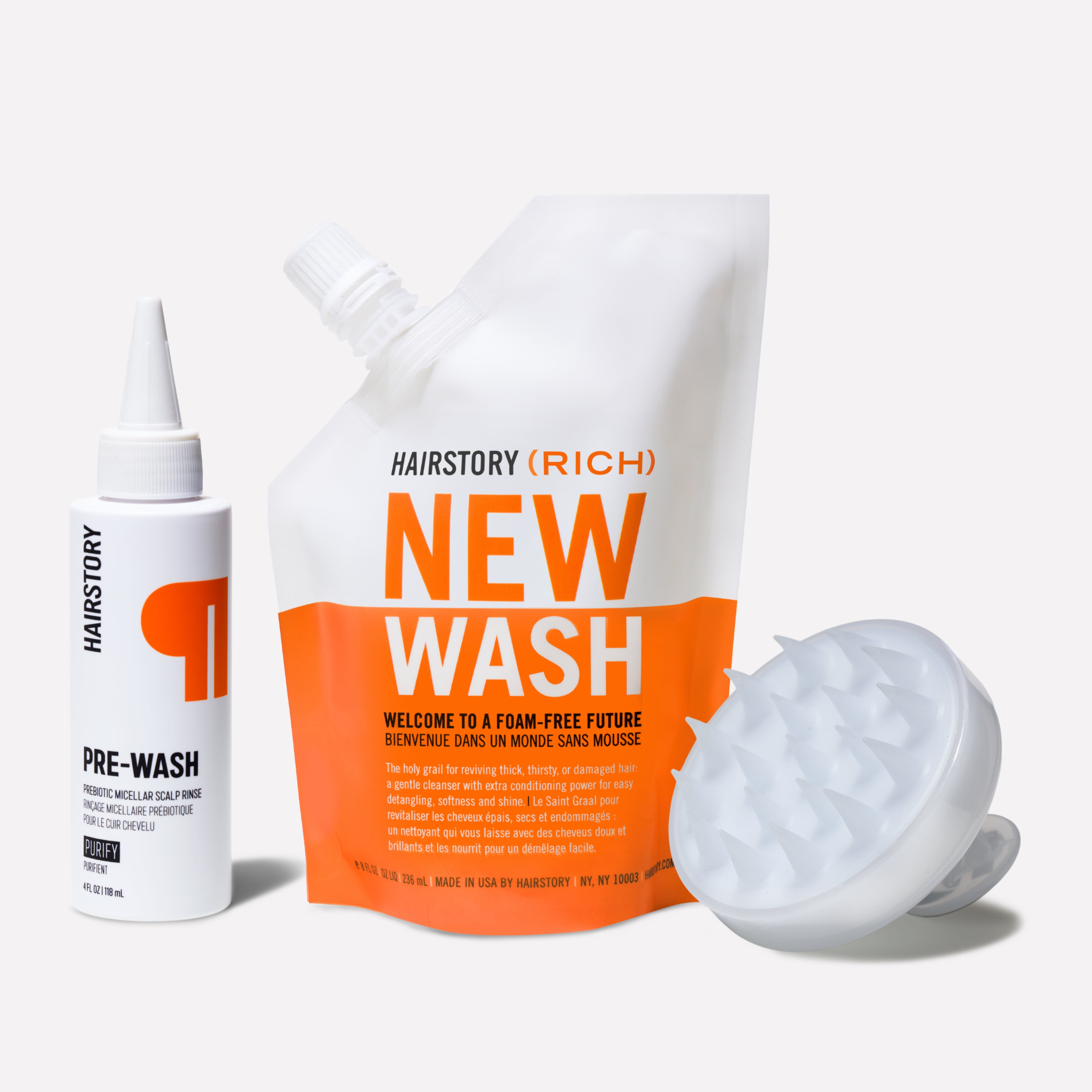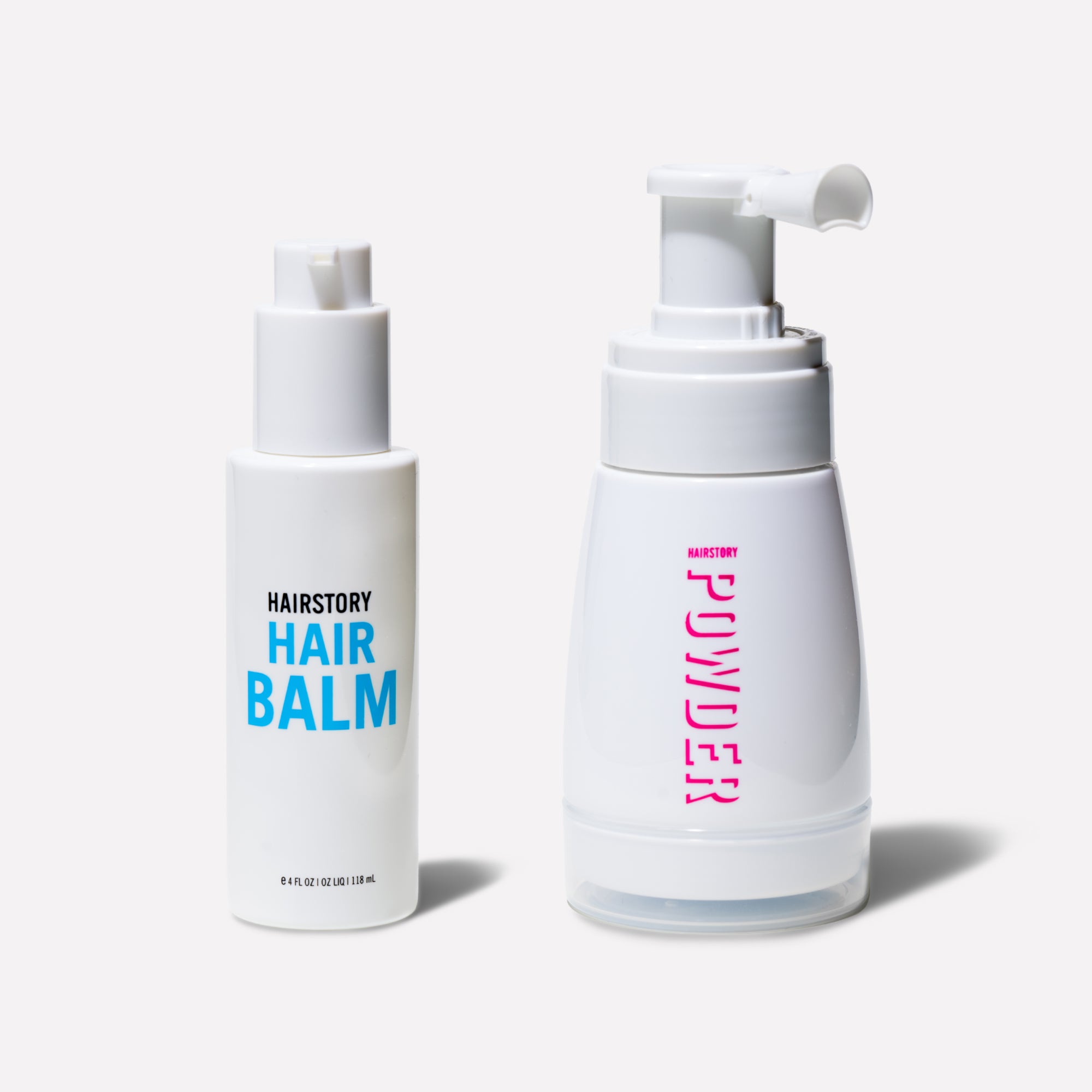Dry shampoo, also called hair powder (there’s no significant difference) is a magic product in the styling products arena – if you know how the tricks. Do you think dry shampoo is only for dirty hair? Think again. Yes, it’s the best way to absorb oil outside of the shower, but it’s also a fantastic volumizer for thin, fine or limp hair, a boost for bangs, a boon for back-combers, a tool to keep the ‘up’ in updo, and even the key to bushier brows.
WHO?
Anybody with any hair type can enjoy the power of powder. Folks with fine hair who tend to get oily hair faster find they won’t live without it. Blow-out babes make it a staple to maintain straightened strands as long as possible between washing. Blondes of the chemical kind crave what brunettes tend to shun: a whitener to blend dark roots and create creamier tones throughout.
Hairdresser Wes Sharpton recommends it for curly hair types who tend to droop a few days after washing and need a product that doesn’t involve a blow dryer, yet gives some lift without disturbing the curl pattern.
HOW TO USE DRY SHAMPOO
A dose of dry shampoo is the best way to make oily hair look fresher. As with all hair care products, it’s easier to add than remove, so use a little, wait a few minutes to judge the effect, and add more if you feel you need it.
The key word here is “Dry” – dry shampoo must only be used when hair is completely dry – powder cannot do its job with wet hair. That would be called plaster.
If you merely poof and dash, dry shampoo sits on top of your hair and won’t do the job. Here’s how to apply dry shampoo spray:
• Hold the bottle several inches from your head.
• Section hair with the other hand and let powder waft into hair near the roots.
• You can also hold your head upside down while you do this.
• Let it sit for a couple of minutes before massaging it in with your fingertips as you would with wet shampoo in the shower.
• Flip your head upright again and smooth hair out a bit by gently guiding a brush through from roots to tips.
• Finish it off by lightly running your fingers through one last time. And then? Hands off! The less you touch it, the better it looks.
The trick is managing your finish; powder has a matte effect and while some people love that, using it sparingly and thoroughly working or brushing it through (or even blasting it with the blow dryer) will preserve more of your natural sheen.
Speaking of blow-dryers, hairdresser Dustin Heath occasionally uses an excess of Hairstory Powder with a blow-dryer and a flat brush (a round brush would create too much tension and not enough slip) for a super-voluminous style that looks freshly washed.
WHEN TO USE DRY SHAMPOO
Bedtime: Dry shampoo is a touch-up tool any time, but when you know that you won’t have time to wash and dry your hair in the morning, use dry shampoo before you go to bed. Poof your roots, tie hair up, then snooze away. In the morning, flip it over, massage or brush, and you’re ready to go.
Gym Time: Many people use dry shampoo powder after a workout when they can’t shower. But try it before you hit the gym in Greenwich to help absorb sweat and oil as you move.
Updo Time: Freshly-washed hair can be too glassy to hold an updo. Dry shampoo adds enough texture to help it stay up without excessive hairspray. Also try a dusting of dry shampoo directly onto pins and clips to help them stay in place and get more gripping power.
Tease Time: Wondering how to get voluminous hair? If you backcomb or tease to build volume, try dry shampoo instead of hairspray to hold it all together. It will spare your hair some damage when brushing it out later.
Wash Time: How long you can go without washing with water? It depends on your hair type and scalp. Try to use it only once between wet washings with a sulfate free shampoo so it does more short-term good than long-term damage – your scalp needs a chance to breathe! Some who are fanatical about maintaining a clean texture use it right after freshly washing and styling as a proactive oil-absorbing measure. Looking to take wash time one step further with a leave-in conditioner? Take a look at our article, “What is Leave-In Conditioner?” to find out how to keep your hair happy and healthy.
Fantasy Time: You can create wonderfully witchy, downright dramatic, and period-appropriate effects with powder. Simply apply it in successive layers until you get the volume and texture you’re after. Take it to the next level by preparing hair with a coating of Wax first as a base to help it adhere.
WHERE TO USE DRY SHAMPOO
T-Zone: Just as the T-zone of the forehead, nose, and chin is the focus for those with oily skin, the T along your part and across your forehead is the most oil-prone areas of your hair. And if you are color-treated, this is where your regrowth shows, which may be glossier than the colored areas and may show oiliness more readily. Powder helps make the transitions appear more even.
Bangs: Dry shampoo applied to a narrow brush used on the underside of your bangs will keep them from separating, sticking to your skin or getting greasy.
Brows: Strong brows are a powerful look, so make them look lusher – or tame them if you’re blessed with natural abundance – with a pinch of dry shampoo powder rubbed in with your fingertips.
Hands: This is extra-curricular, but if you’re into rock climbing, cycling or yoga, you need a strong grip. As a gymnast would, dust a little dry shampoo onto your hands before exercising to help you hold on.
* * *
Avoid foam or aerosol formulas that generally contain a propellant like propane or isobutene. Look for an all-natural version with organic ingredients if possible, like Hairstory Powder. Avoid formulas with silicone, which can coat hair fibers and prevent moisture from entering, resulting in dryness and brittleness over time.
Remember: Dry shampoo is not actually a cleanser – it’s simply a powder that absorbs excess oil. You wouldn’t leave foundation or powder on your face for days on end, and your scalp is no different; fine powders can clog pores and prevent the scalp from breathing. The only way to effectively remove impurities is with a liquid cleanser and water. The type of cleanser you choose is vitally important to the health of your hair and scalp, so we’ve done the research for you here.
POWDER ON!


